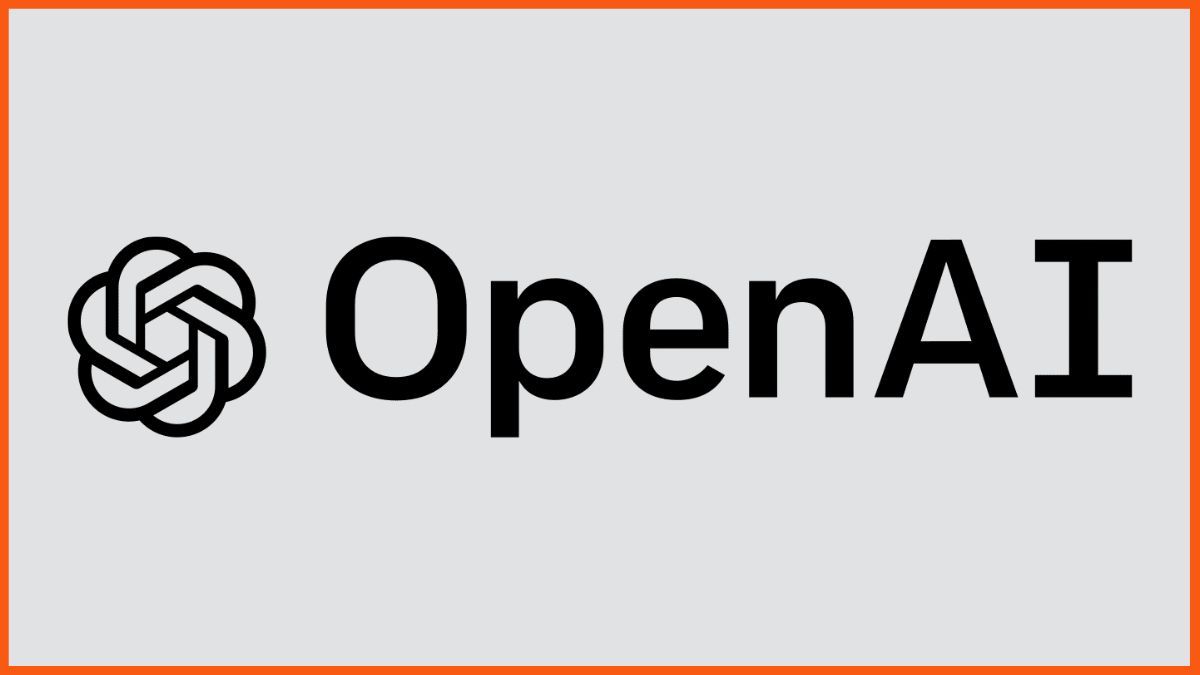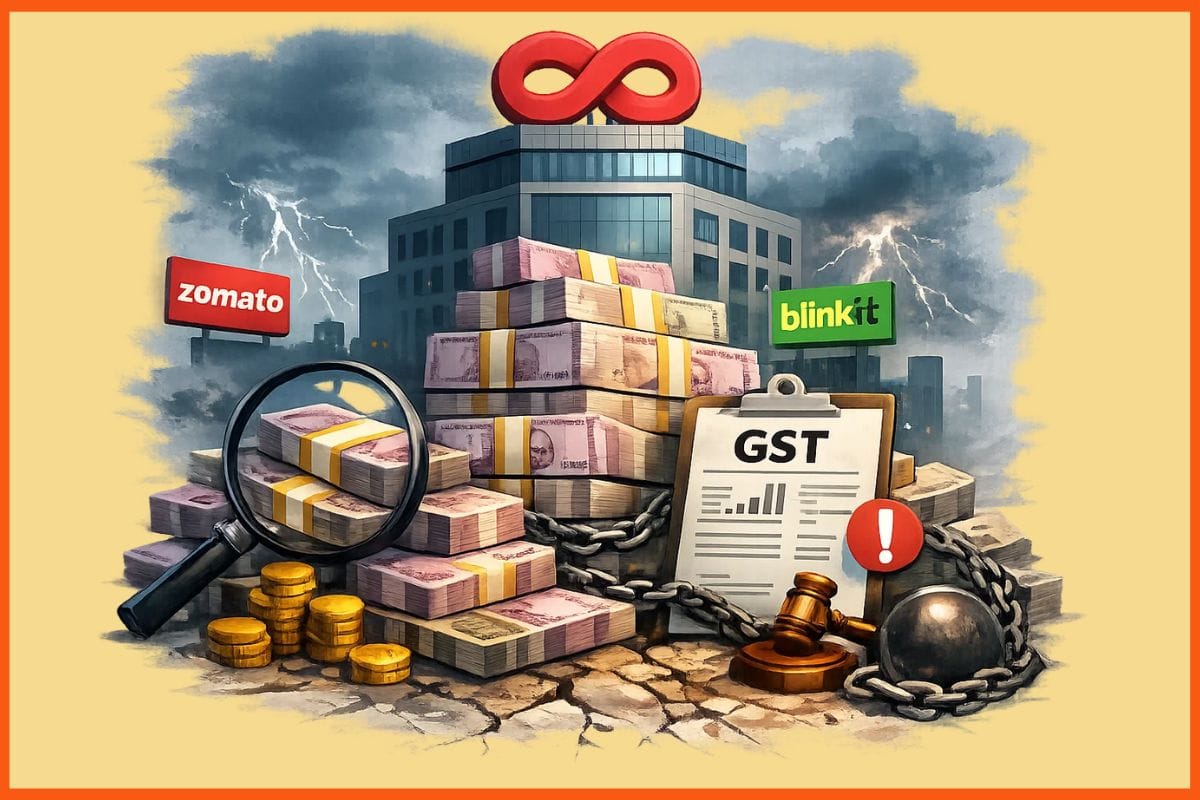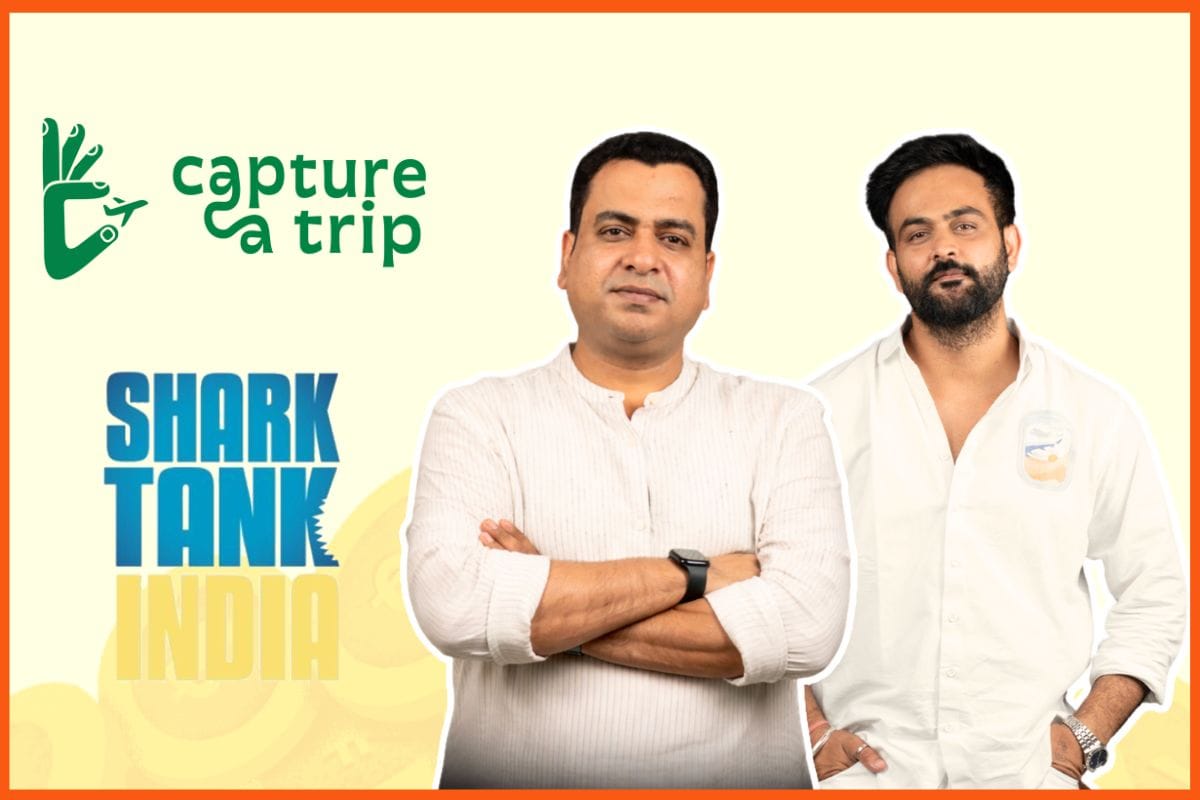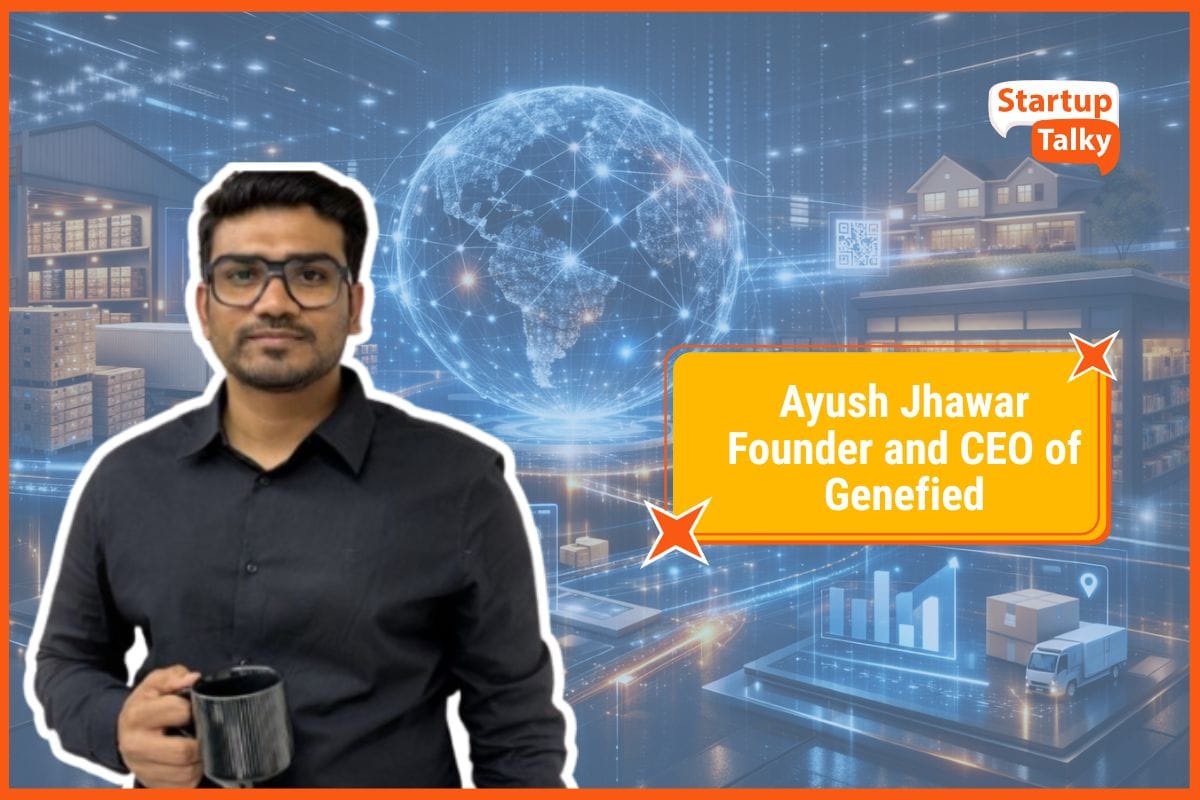GPT-4: The Next-Gen Language Model Launch and Overview
🔍Insights
Do you know that GPT in ChatGPT is an acronym for Generated Pre-trained Transfer? Do you know that there is a difference between GPT and ChatGPT?
“GPT-4 is OpenAI’s most advanced system, producing safer and more useful responses”. That’s what it says when you visit the OpenAI website. Most advance, safer and useful responses, emphasize word response here.
GPT- 4 - Launch
Availability - Microsoft Bing, ChatGPT Plus
GPT-4 and Why Are We Talking About It?
What’s New With GPT-4?
Educational Benefits
How GPT-4 Is Different From Google’s LaMDA?
Conclusion
GPT- 4 - Launch
On March 27, 2023, OpenAI published its technical report on GPT-4 which is a “large-scale, multimodal model” which can accept images and text as inputs and can create text outputs. Not to be confused with ChatGPT, which is a conversation (chat) bot model, designed specifically for conversational interactions with people. ChatGPT uses natural language processing techniques to comprehend the user's intent and generate fitting responses. It has separate data set for training and includes a dialogue management system to come up with appropriate responses in a conversation. You can also refer to previous responses in a conversation and it does well to remember that.
The GPT-4, an improvement over the previous GPT 3.5, was initially released on March 15, 2023, and has sparked quite a debate. It aims to improve the capabilities of GPT 3.5 in understanding and generating natural language texts, particularly in more complex scenarios like image interpretation and even solving logical tests designed for humans. And frankly, it is doing pretty well, outsmarting, outscoring many human test takers.

Availability - Microsoft Bing, ChatGPT Plus
The easiest access to GPT-4 is Microsoft’s Bing chat. Microsoft and OpenAI have a significant partnership. In 2019, Microsoft Inc. announced a $1 billion partnership with OpenAI to develop advanced AI technologies. And now it has come to light that Microsoft’s search engine Bing uses GPT-4 for its AI chatbot Bing Chat to break Google’s hegemony in web search (engine).

So, Bing is the easiest way to access GPT-4. Another way to use GPT-4 is by paying $20 for ChatGPT plus a subscription where you can explore the full range of GPT-4 capabilities. Although, a feature like visual input is currently not available on Bing and there is no clarification on which other capabilities are integrated with Bing as of now.
GPT- 4 and Why Are We Talking About It?
GPT-4 is a large language model or conversational AI developed by OpenAI. It is the fourth generation of the GPT language model series, and it is presumed to be significantly more powerful than its predecessor GPT-3.5. It is trained on a massive dataset of text and code, and it can generate text, translate languages, write different kinds of creative content, and answer your questions in an informative way including responding to visual inputs. It’s capable of interpreting logical inputs and producing responses similar to human beings.
Generative AI has got us talking about it and there are several reasons for that but primarily because it is a very critical breakthrough in artificial intelligence. It is the first language model that can generate human-quality text, and it has the potential to revolutionize many industries. It can complement people in their work, mainly people that are involved in journalism, content writing and data analytics, and more. GPT-4 could be used to create more realistic chatbots (like Bing Chat, and ChatGPT), generate more engaging marketing content, and write more creative and informative articles.
What’s New With GPT-4?
GPT-4 is an upgraded version of GPT-3.5. While there are many similarities between GPT-4 and its predecessor, GPT-4 is an upgrade in terms of its use, accuracy, response size (word limit), interpretational skills, and inputs.

GPT-4 has a larger and more diverse dataset to train. It is trained on a dataset of text and code that is 100 times larger than the dataset used to train GPT-3 which allows GPT-4 to learn more about the world and to produce more accurate and creative text. It also uses a new architecture that is significantly more powerful than the architecture used in GPT-3, so it can process more information and generate more complex text. It is capable of producing textual responses around 8 times larger than its predecessor. Its training process is also very efficient.
OpenAI says that the new version of GPT is more advanced in three key areas that are creativity, visual input, and longer context. If you enter an image of balloons tied to a thread and ask what will happen when you cut the thread, it can tell you that the balloons will fly away. It can also take in and produce a 25000-word response compared to ChatGPT’s 3000-word limit.
It is also more prepared and provides safeguards when it comes to ‘adversarial usage’, ‘unwanted content’, and ‘privacy concerns.’ Well, that's what it says on its website.
Educational Benefits
Apart from writing essays, articles, and the usual, what I’m more interested in is the educational benefits of GPT-4. It is like a teacher with 360-degree training in all the subjects a school-going student would hope for. History, Science, Maths, Sociology, French, Computer Science, Philosophy, you name it and it will produce responses to your questions in a humanized manner.
Imagine what a fifth grader, who doesn’t get enough time at school to ask questions related to maths or is shy to ask them upfront, can learn when equipped with GPT-4 that can help him/her with mathematical equations, graphs, and complex algebra and geometry questions. Students in USA or India, trying to learn foreign languages like French, Spanish, German, etc, can also benefit from GPT-4 immensely.
Many educational platforms like Duolingo and Knewton are using integrated GPT-4 AI models to understand user input and produce appropriate responses, which is quite advantageous if you ask me.
How GPT- 4 Is Different From Google’s LaMDA?
Developed by Google Inc., LaMDA, short for, Language Model for Dialogue Applications, is a language model just as GPT-4 but it has been developed and trained on a massive dataset of code and text and dialogue backed by Google’s search engine. It can produce different creative texts, like poems, code, scripts, musical pieces, emails, letters, etc.

Conclusion
GPT-4 is trained on a dataset based on text and code and it can produce complex text, create different kinds of creative content and but LaMDA is trained on a dataset based on dialogue and understands natural human language better. it can create more engaging conversations like ChatGPT. Google’s chatbot named Bard is based on LaMDA and poised to produce better responses than ChatGPT but there’s still time to determine how this AI race will play out in the long run.
FAQs
What is GPT-4 and how is it different from the previous versions?
GPT-4 is OpenAI’s most advanced, large-scale, multimodal model that can accept images and text as inputs and create text outputs.
How can GPT-4 be accessed?
The easiest access to GPT-4 is Microsoft’s Bing chat. Microsoft and OpenAI have a significant partnership. In 2019, Microsoft Inc. announced a $1 billion partnership with OpenAI to develop advanced AI technologies. Microsoft’s search engine Bing uses GPT-4 for its AI chatbot Bing Chat.
Must have tools for startups - Recommended by StartupTalky
- Convert Visitors into Leads- SeizeLead
- Website Builder SquareSpace
- Manage your business Smoothly Google Business Suite






